It’s one of the most debated questions at any yakiniku table.
“Should I flip the meat only once?” or “Is it better to flip it many times?”
Today, let’s explore this delicious question from a scientific and culinary perspective.
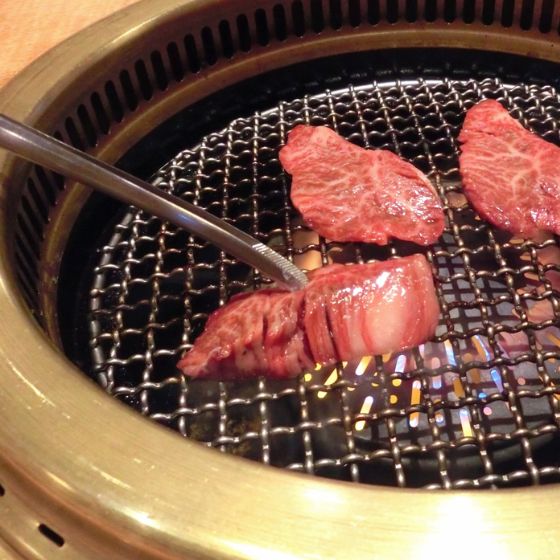
The Logic Behind the “Flip Only Once” Theory
Why Some People Believe One Flip Is Enough
Many believe that touching the meat too often causes it to lose its juices.
The common reasons are:
・Searing the surface locks in the flavor
・Flipping too often dries the meat out
It looks simple and professional-but this logic comes mainly from steak grilling, not yakiniku.
Why It Works for Steaks-but Not for Yakiniku

When grilling a thick steak on a hot iron plate, chefs often cover it with a lid after searing.
This traps the steam and heat inside, gently cooking the interior while keeping it juicy.
That’s a “steaming effect” that balances moisture and temperature.

However, in yakiniku, there’s no lid-no steam, no trapped heat.
If you leave one side too long, the surface dries out and the meat loses its moisture fast.
So, the same rule doesn’t apply when grilling thin slices on an open grill.
Why Flipping Frequently Actually Works Better for Yakiniku
Thin Slices Need Balanced Heat from Both Sides
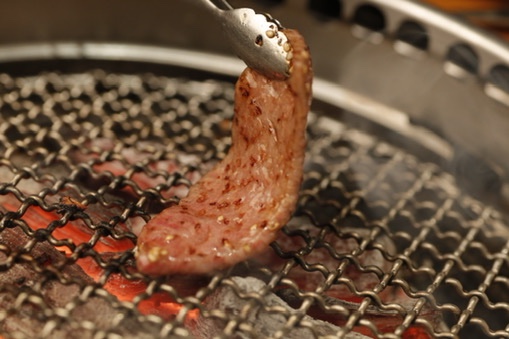
Most yakiniku slices are only 5–8 mm thick.
Leaving them on one side too long burns the surface while the inside stays cold.
By flipping multiple times, you heat both sides evenly, creating a uniform temperature inside the meat.
In other words, frequent flipping mimics the gentle “steaming” effect that steaks get from a lid.
Science Confirms: Multiple Flips Retain More Juices
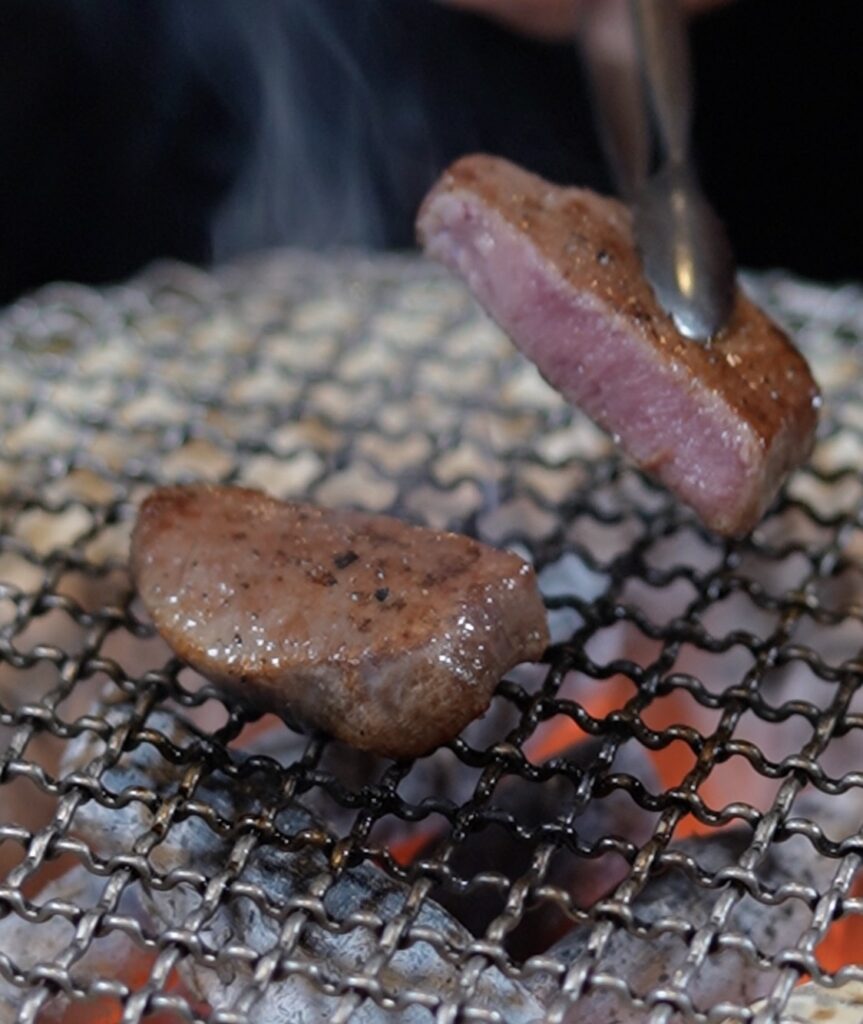
Studies in Meat Science have shown that flipping meat several times during cooking
results in higher moisture retention and fewer burnt areas.
Each flip spreads the heat evenly, preventing overcooking and keeping the texture tender.
The Ideal Rhythm: Every 10–15 Seconds
Flip Before the Surface Dries Out
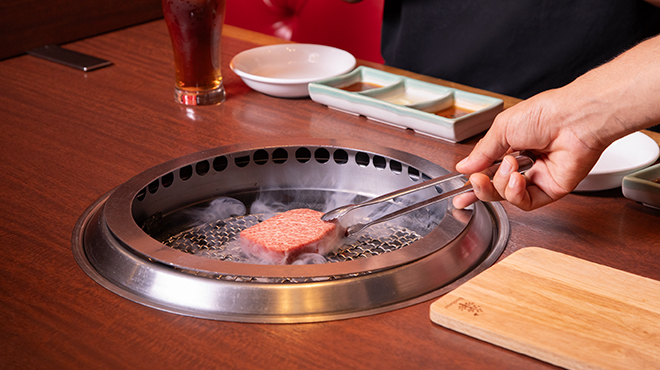
Once you see a light browning on the surface, it’s time to flip.
Every 10–15 seconds is a good rhythm.
If you wait too long, the moisture on the surface evaporates, and the meat starts to toughen.
Watch, Listen, and Smell-That’s the Chef’s Secret
Professional grillers don’t stare at a timer-they watch how the meat reacts.
The sound, the aroma, the slight bubbling of fat-all tell you when to flip.
Cooking yakiniku is about observation, not patience.
Learning from the Professionals: The Art of Gentle Grilling
At “Kuro5,” Gentle Flipping Creates a Perfect Texture
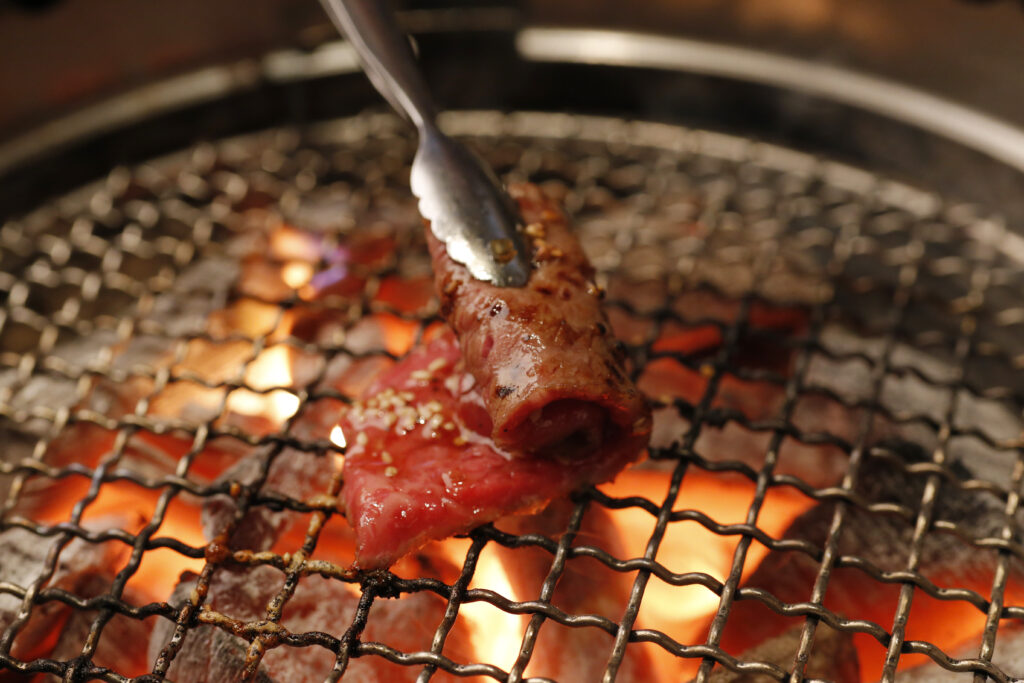
At the popular Tokyo yakiniku restaurants located in Kabukicho and Ikebukuro,
the chefs at Kuro5 flip the meat approximately every 10 seconds to control the heat precisely.
Thick cuts over 2 cm are grilled slowly, while thin slices are handled delicately
to avoid damaging the fibers.
Kuro5’s philosophy is simple:
“Flip the meat so gently that guests barely notice it’s being cooked.”
Each movement is quiet, deliberate, and precise-ensuring the outside stays crisp while the inside remains juicy.
Binchotan Charcoal: The Secret to Rich Flavor
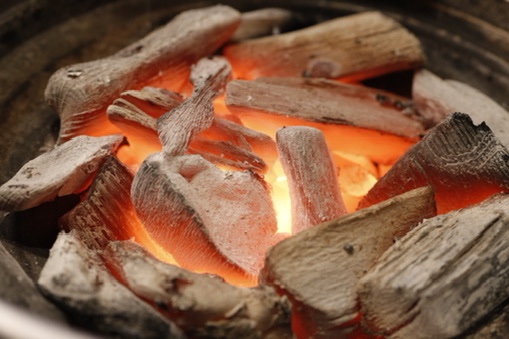
The restaurant uses Binchotan charcoal, famous for its clean, high heat and long burn.
The far-infrared rays penetrate the meat, enhancing umami and aroma that gas flames simply can’t replicate.
It’s the fusion of science and craftsmanship that defines the art of Japanese yakiniku.
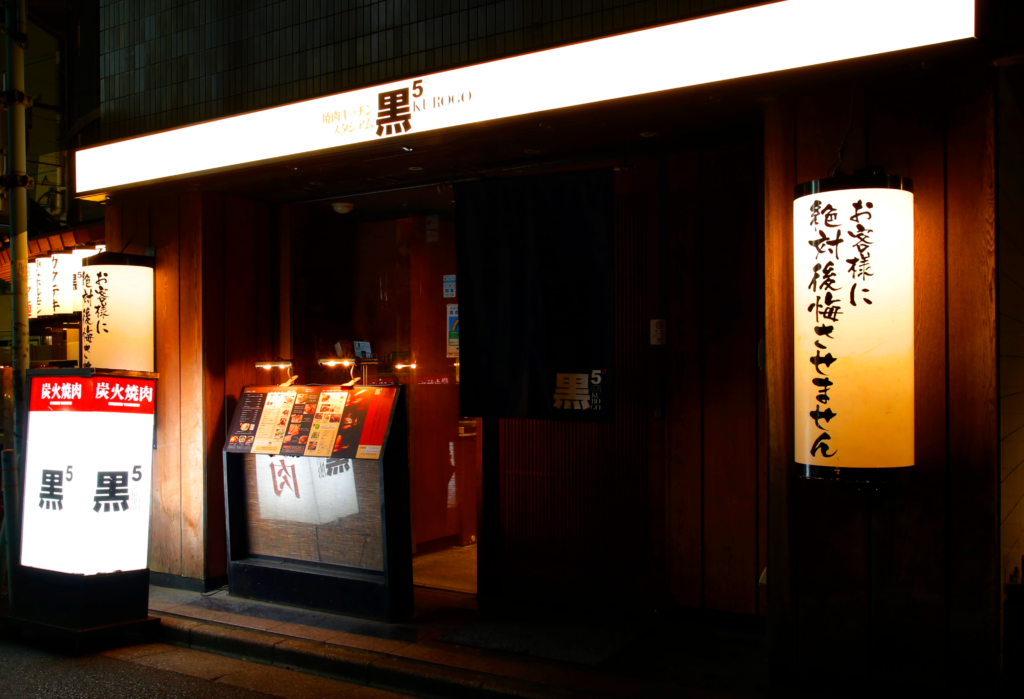
Wagyu Yakiniku Kuro5
IKEBUKURO Main Restrant
1F Shima 100 building ,2-46-3, Ikebukuro, Toshima-ku , Tokyo 171-0014
https://en.kuro5.net/restaurant/honten
Wagyu Yakiniku Kuro5
IKEBUKURO East Exit Restrant
2F Need Building, 1-42-16 Higashi-Ikebukuro, Toshima-ku, Tokyo 170-0013
https://en.kuro5.net/restaurant/higashiguchi
Wagyu Yakiniku KURO5
Kabukicho
1F Sankei Building, 2-21-4 Kabukicho, Shinjuku-ku, Tokyo
https://en.kuro5.net/restaurant/kabukicho
Official Instagram: @kuro5yakiniku





